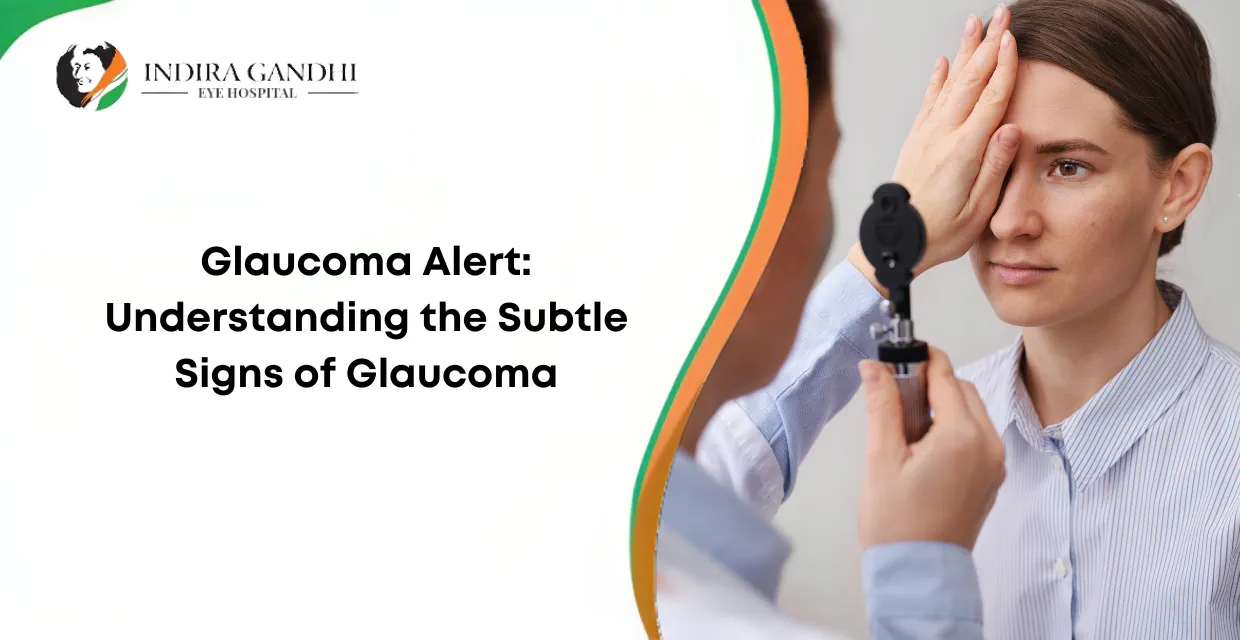Introduction
Glaucoma, a complex eye condition, is a significant health concern worldwide. Characterised by the damage it inflicts on the optic nerve, it's a leading cause of irreversible blindness. This article delves into the various aspects of glaucoma, from early warning signs to advanced management strategies, aiming to provide a thorough understanding and proactive measures to combat this ailment.
What is Glaucoma?
Glaucoma comprises a group of eye diseases resulting in progressive damage to the optic nerve, primarily due to increased intraocular pressure (IOP). The optic nerve, comprising over a million nerve fibers, is crucial for vision, transmitting visual information from the retina to the brain.
Types of Glaucoma
Open-angle Glaucoma: The most common form, characterized by gradual loss of peripheral vision.
Angle-closure Glaucoma: Less common but more acute, often presenting sudden symptoms.
Normal-tension Glaucoma: Optic nerve damage despite normal IOP.
Secondary Glaucoma: Resulting from other medical conditions or treatments.
Paediatric Glaucoma: Rare, occurring in babies and children.
Early Signs and Symptoms
Early detection is vital, as symptoms often don't surface until significant damage has occurred.
Open-angle Glaucoma Symptoms
Gradual narrowing of the field of vision.
Tunnel vision in advanced stages.
Angle-closure Glaucoma Symptoms
Sudden eye pain and headache.
Nausea and vomiting.
Blurry vision and halos around lights.
Reddening of the eye.
Risk Factors
Understanding risk factors is crucial for early detection and prevention:
Age: Increased risk for individuals over 60.
Ethnicity: Higher prevalence in African Americans, Asians.
Family History: Genetic predisposition plays a role.
Medical Conditions: Coexisting conditions like diabetes, hypertension heighten risk.
Eye Trauma: Past injuries can contribute to future glaucoma risk.
Diagnostic Approaches
Early diagnosis can significantly alter the disease's course.
Key Diagnostic Tests
Tonometry: Measures intraocular pressure.
Ophthalmoscopy: Examines the optic nerve for damage.
Perimetry: Visual field testing.
Gonioscopy: Inspects the angle in the eye where the iris meets the cornea.
Pachymetry: Measures corneal thickness.
Preventive Measures and Lifestyle Changes
Proactive steps can mitigate risks and slow progression.
Regular Eye Examinations: Critical for early detection.
Exercise: Regular, moderate physical activity may lower IOP.
Eye Protection: Wearing protective eyewear to prevent injuries.
Family Health History Awareness: Understanding genetic predispositions.
Management and Treatment Options
Glaucoma treatment focuses on lowering IOP to prevent further optic nerve damage.
Medications
Prescription Eye Drops: The primary treatment, aimed at reducing eye pressure.
Oral Medications: Used when eye drops are insufficient.
Surgical Interventions
Laser Therapy: Trabeculoplasty for open-angle glaucoma; iridotomy for angle-closure glaucoma.
Microsurgery: Trabeculectomy, to create a new drainage path.
Minimally Invasive Glaucoma Surgery (MIGS): For mild to moderate glaucoma cases.
The Role of Nutrition and Diet
Diet plays a subtle but impactful role in glaucoma management.
Antioxidant-rich Diet: Nutrients like lutein and zeaxanthin found in leafy greens can support eye health.
Omega-3 Fatty Acids: Present in fish and nuts, beneficial for eye health.
Balanced Fluid Intake: Maintaining hydration is essential, but avoid excessive water intake in short periods to prevent sudden IOP spikes.
Technological Advancements in Glaucoma Care
Recent advancements offer new hope in glaucoma management.
Innovative Imaging Technologies: Enhanced optic nerve and retinal fiber layer imaging.
Smart Contact Lenses: To monitor intraocular pressure continuously.
Gene Therapy: Exploring potential long-term solutions.
Conclusion
Glaucoma, a complex eye condition, can be effectively managed with early detection and proactive treatment. Advances in medical science play a crucial role in mitigating its impact. Regular eye examinations at Indira Gandhi Eye Hospital the Best Eye Hospital in Lucknow are essential for early diagnosis. Lifestyle adjustments and strict adherence to treatment plans are key components in preserving vision and maintaining quality of life. With specialized Glaucoma treatment in Lucknow, patients can achieve better outcomes and control over this challenging condition.


